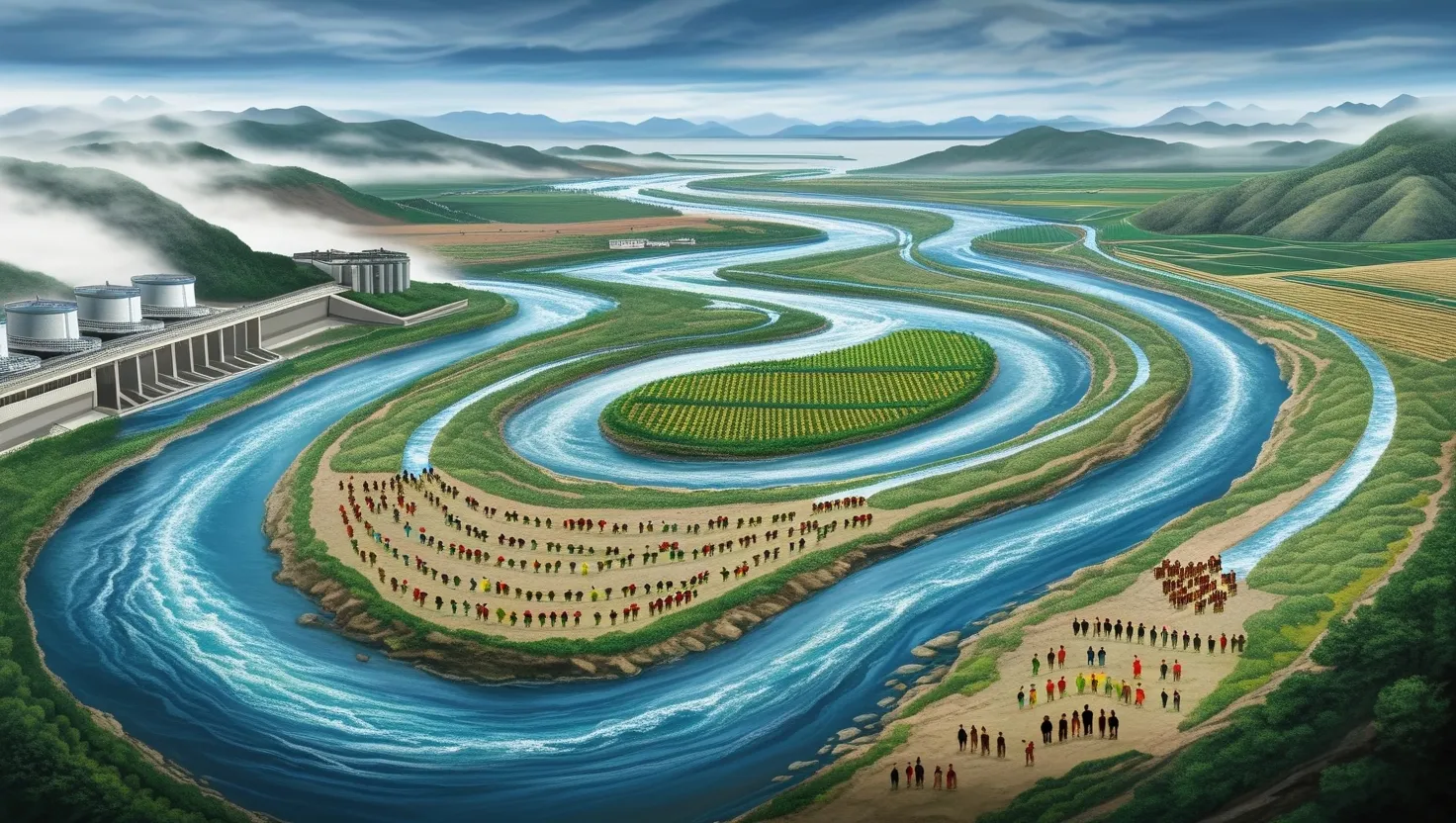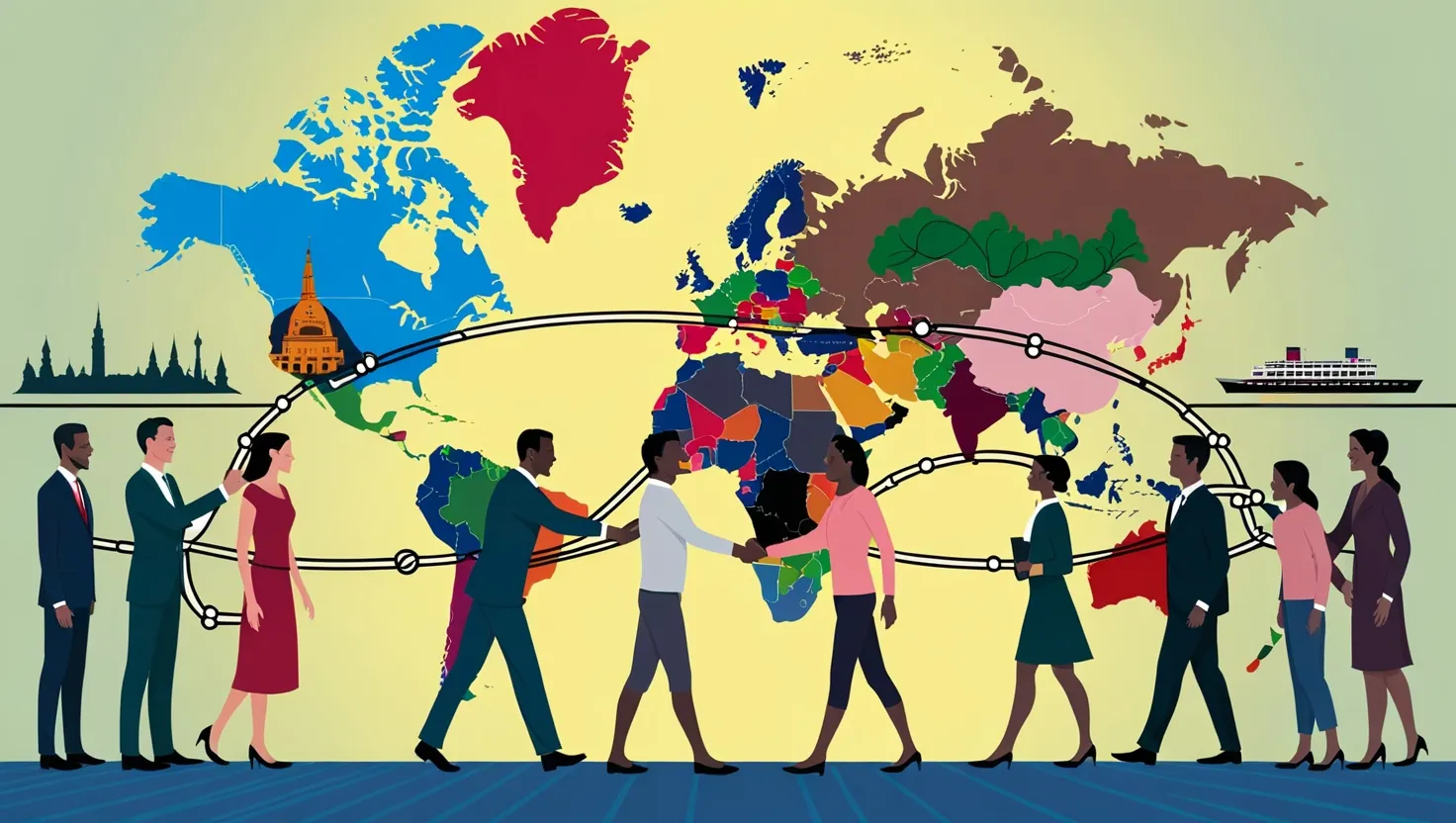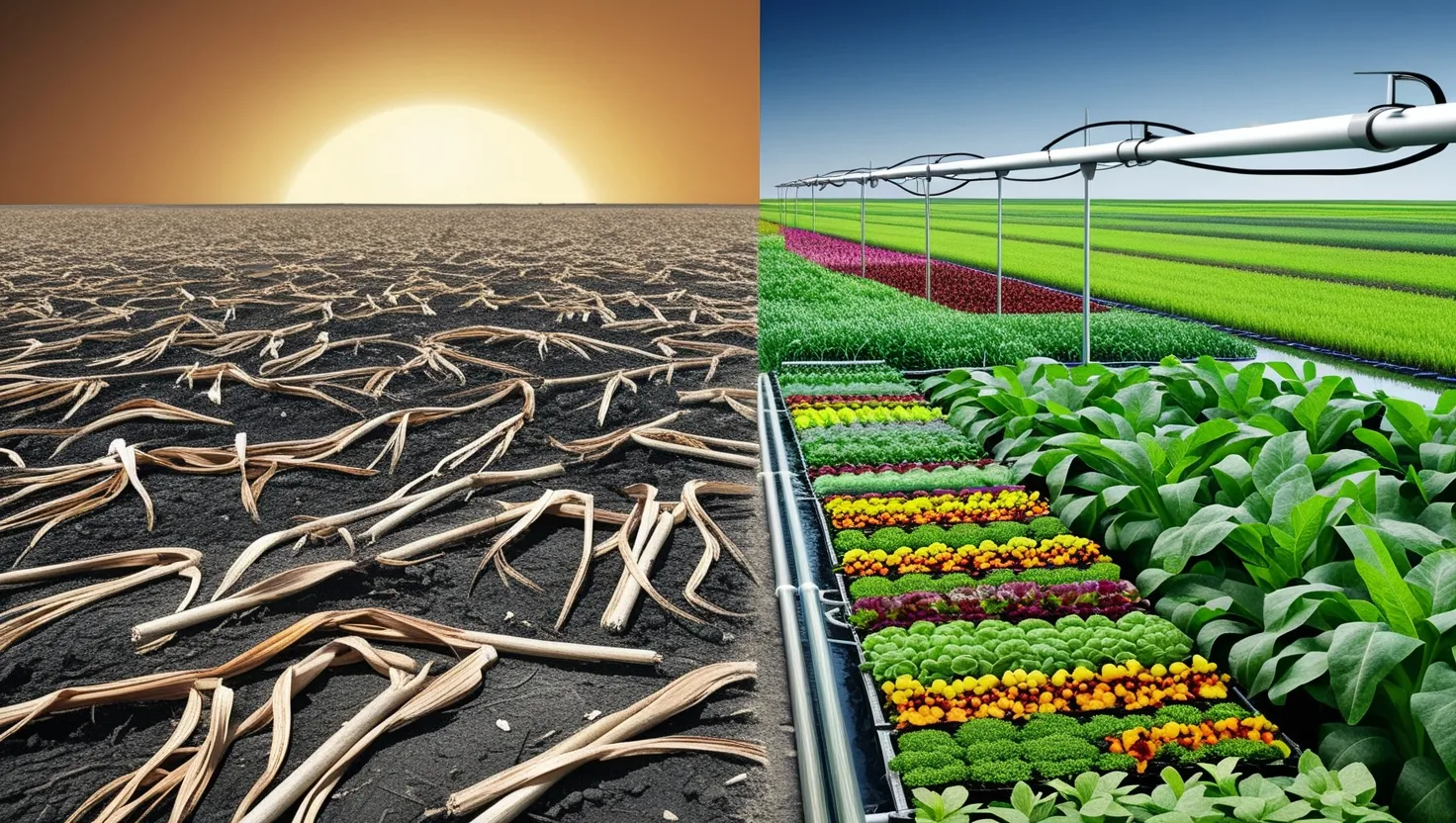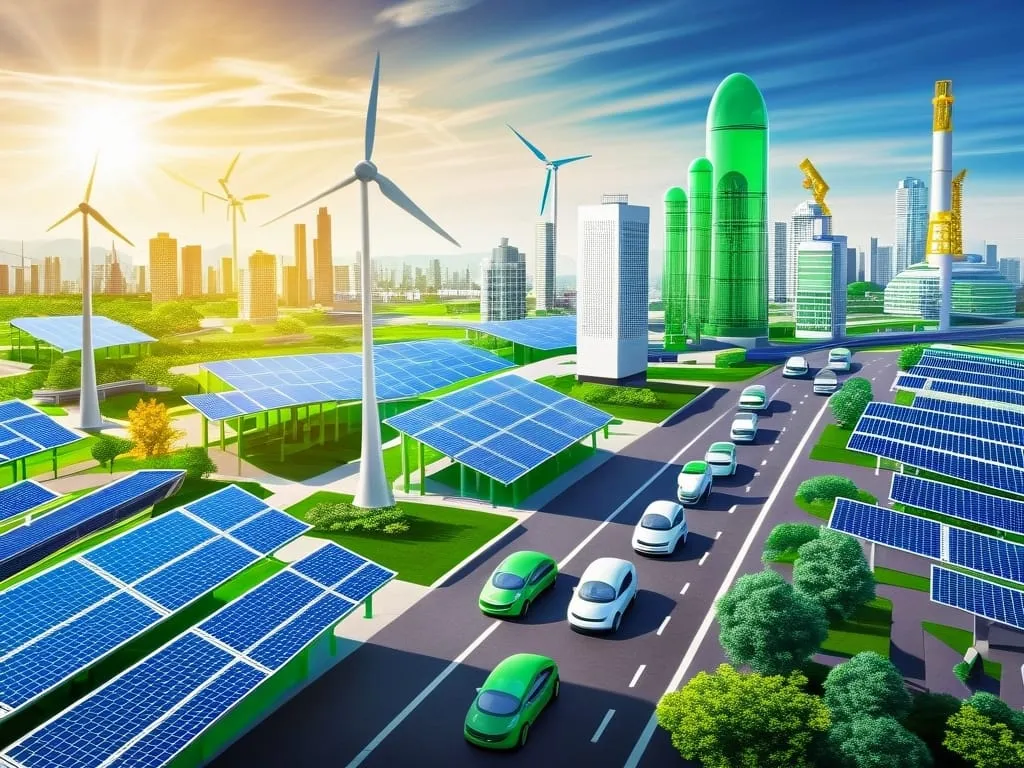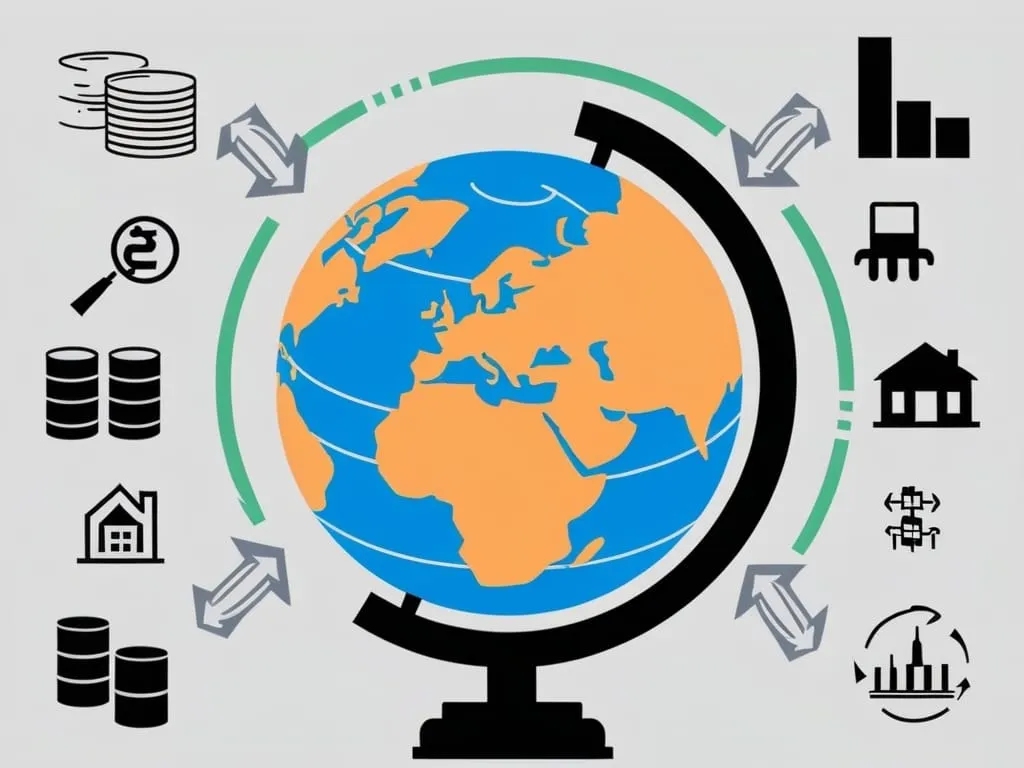One thing that always strikes me about rivers is how something so natural—a body of water flowing from mountain to sea—can become a lightning rod between nations. Yet, as I trace the stories behind the world’s major river disputes, it becomes clear: rivers may trace the world’s borders, but they also expose the lines where cooperation meets rivalry, compromise meets ambition, and past legacies collide with an uncertain future. It’s a messy place, but also a place where possibility lives.
Think of the Nile. For thousands of years, this river sculpted civilizations and made the deserts bloom, especially for Egypt. Now, Ethiopia’s Grand Renaissance Dam stands upstream, a modern marvel promising electricity and growth. But what does that mean for countries further down the river? Egypt worries its fields and cities face dry days. Ethiopia sees the dam as vital for development, a trust in water’s power to change destiny. The question I keep coming back to is: Can the river connect instead of divide? The real stumbling block has always been trust. Agreements have long favored downstream users like Egypt. Now, upstream Ethiopia argues for a new arrangement, while Sudan navigates the risks of both drought and sudden floods. It’s a negotiation not only over water, but also over the meaning of progress and fairness in a changing Africa.
“The wars of the next century will be about water.” Ismail Serageldin’s chilling prediction captures the stakes. Can nations move from suspicion to sharing, especially when every drop gets more precious?
I turn my attention to the Mekong, that winding Asian giant. China, holding the river’s headwaters and building massive dams, has shifted the rhythm of water downstream. In Cambodia, Vietnam, and Laos, millions depend on the river for rice and fish. But these rhythms—floods and droughts—aren’t natural anymore. They’ve become artificial, unpredictable, determined by distant decisions made in Beijing and corporate boardrooms. There’s a sense in villages that the river is no longer “theirs.” How do we ensure that those living closest to these waters have a voice in shaping their future? Water does not respect borders, and yet borders write the language of disputes.
Negotiations tend to focus on numbers and flow rates, but behind them are cultural notions of stewardship, identity, and survival. For Laos, a dam means jobs and income, for Vietnam’s delta it spells loss. It’s almost as if the further you get from the river source, the less your concerns count—unless you have political muscle or international support.
This brings me to the Indus, where India and Pakistan share more suspicion than trust. The Indus Waters Treaty, brokered more than 60 years ago, splits the river but not the disputes. Climate change threatens to upend what balance exists. Glaciers that feed the Indus are melting faster, and population booms strain every canal. The treaty has endured wars, but now that climate is a player, can old deals hold strong?
“Thousands have lived without love, not one without water.” — W. H. Auden
I often find myself puzzling over why some agreements persist and others falter. In the case of the Indus, part of the answer lies in the infrastructure: joint commissions, data exchange, and a legacy of third-party mediation. But as rainfall grows erratic and groundwater sinks, both countries still fear water as a weapon. There’s a growing sense among experts that the treaty must adapt, not just endure. Could science, transparency, and climate policy be added to the negotiating table?
Across the globe, the Colorado River paints an even starker picture. For decades, seven U.S. states and Mexico have carved up its portfolio like slices of pie. Only, drought keeps shrinking the pie. In every city the river touches—from Denver to Las Vegas to Tijuana—the debate rages: Who gets less, and why? Negotiations are now about cutting use rather than granting more.
I find it fascinating that the Colorado is over-promised—there is more paper water than real water. As I speak to conservationists and local officials, I hear a shift. The conversation is moving away from “our share” to “shared fate.” Some tribal nations, whose water rights were historically ignored, now lead initiatives in conservation and stewardship. Innovative agreements allow water banking, trading, and sharing with ecological goals in mind. Could this be a model, or is it just a stopgap?
“If there is magic on this planet, it is contained in water.” — Loren Eiseley
Now, let’s float downstream to the Danube. Unlike the conflict-heavy stories elsewhere, this river is a lesson in coordination. Ten countries work together to clean and use its waters. There’s an intricate choreography—each nation monitoring pollution, navigation, and ecological health. It’s not a utopia: disagreements persist, but they’re manageable. Scientists, farmers, mayors, and environmentalists all get a seat at the table.
What makes the Danube work while others struggle? The secret isn’t only strong rules, but also a culture of sharing data openly and involving local voices. I’m impressed by river basin organizations that publish real-time pollution levels and even alert communities during upstream accidents. That breeds accountability and, crucially, trust.
But here’s the kicker: climate change is the wildcard everywhere. As rainfall patterns shift and glaciers retreat, all these treaties and deals face trial by drought and flood. If nature rewrites the script, can nations rewrite the agreements? For the most part, existing treaties weren’t designed for the stresses we now face. It is no longer just about dividing water, but preparing for less of it.
I often challenge myself—and invite you to do the same—to look past the headlines about “water wars” and see how shared rivers have also spurred new patterns of cooperation. The Nile Basin has seen journalists and scientists work together across borders, sharing satellite data to warn of floods. The Mekong houses experiments in joint fishery management, albeit fragile. Communities along the Colorado trade techniques for using less while growing more.
Can we imagine new forms of stewardship, where upstream ambition fuels downstream security, not anxiety? What role should international law play, when its edicts only work on paper unless backed by political courage?
“Plans to protect air and water, wilderness and wildlife are in fact plans to protect man.” — Stewart Udall
It’s worth questioning: Does water scarcity have to mean conflict, or is it an invitation to invent fresh models of diplomacy? Some suggest giving Mother Nature a legal right to a minimum river flow. Others argue we must overhaul river treaties to embed climate resilience clauses, mandatory data sharing, and triage mechanisms for drought years.
I often return to a simple premise: transparency matters. When all parties have access to the same data about river flows, delta health, and rainfall, mistrust recedes and dialogue sharpens. Some river basin organizations now publish daily online dashboards. This openness is gradually changing the political weather, if not the hydrological one.
Another insight: there’s untapped power in involving local communities, indigenous voices, and even non-governmental groups. Sometimes, the most effective solutions—for cleaning polluted stretches or sharing fishing zones—emerge not from distant officialdom, but from those living alongside the water’s edge. Could future water diplomacy give these stakeholders a permanent seat at the negotiating table?
Are there ways for the next generation of treaties to reward not just restraint but creativity—for example, encouraging water-saving crops, rainwater harvesting, or cross-border ecological restoration? In the face of climate shocks, static deals can’t last. We need flexible frameworks that can adapt as rivers themselves change course.
“Rivers are the arteries of our planet; they are lifelines in the literal sense.” — Sandra Postel
What gives me a measure of hope is how, when pushed to their limits, river communities have a surprising ability to innovate. Mexico and the U.S., for example, have trialed new agreements that allow them to “bank” water during wet times for drought emergencies—an approach that might once have seemed impossible.
I encourage anyone concerned about regional stability or global sustainability to keep a close watch on river basin organizations, their annual reports, and the transparency of their negotiations. Advocacy for open data, and for climate adaptation measures within existing water agreements, is not just good politics; it’s a necessity.
More than 300 international river basins support 40% of the world’s people. What happens on the Nile, Mekong, Indus, Colorado, and Danube will ripple far beyond their banks. They tell us that water is more than a resource—it is a binding thread, a test of our ability to share, adapt, and find common cause.
The rivers are watching. The question is whether we are listening.
